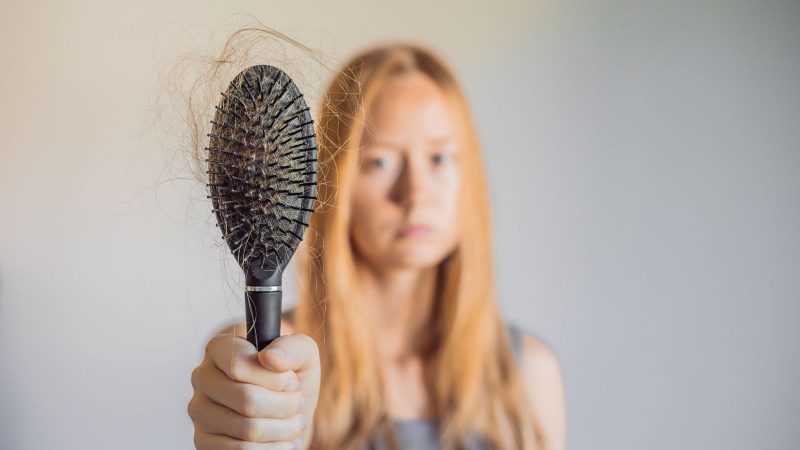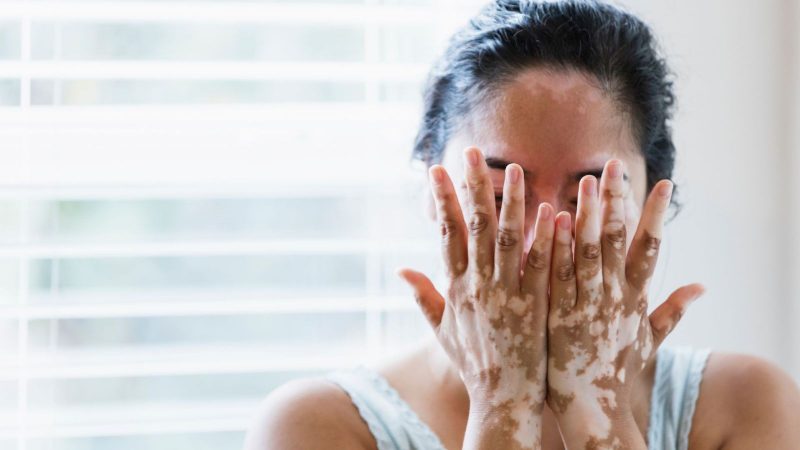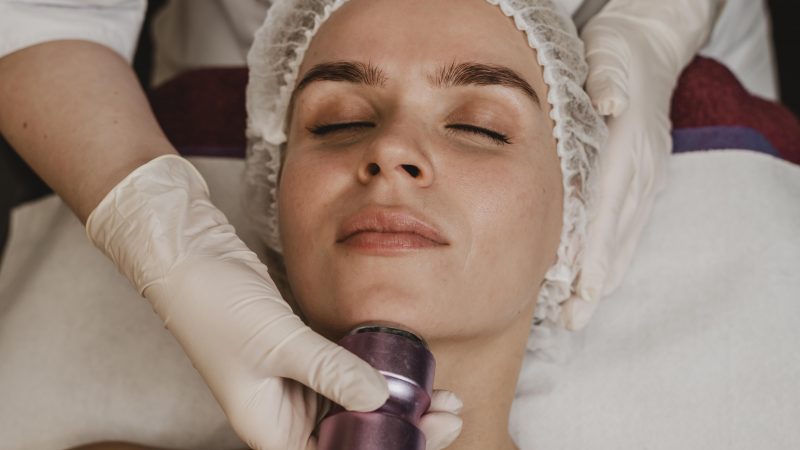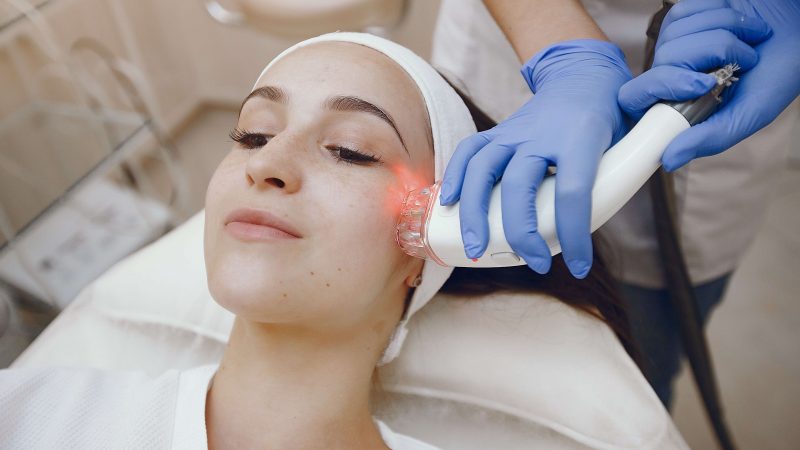Varicose Veins

Varicose veins are turned into amplified veins. Any shallow vein might become varicose; however, the veins most generally influenced are those in your legs. That is on the grounds that standing and strolling expand the pressing factor in the veins of your lower body; the blood moves towards the heart by single-direction valves in the veins. When the valves become debilitated or harmed, blood can gather in the veins, which causes the veins to become amplified. Sitting or stretching can make blood pool in the leg veins, expanding the pressing factor inside the veins. The veins can extend because of the expanded pressing factor. This might debilitate the walls of the veins and harm the valves. For some individuals, varicose veins and spider veins — a typical, gentle variety of varicose veins — are essentially a corrective concern. For others, varicose veins can cause discomfort and uneasiness. Now and then, varicose veins may lead to major issues.
Signs & symptoms
The following are some common symptoms of varicose veins:
- Veins that are purple or blue in colour
- Veins that seem bent & swollen, similar to the strings on your legs
When agonising signs & symptoms appear, they might involve:
- A throbbing inclination in your legs
- Pulsating, muscle squeezing in your lower legs
- Severe pain as a result of standing or walking for some time
- Tingling around at least one of your veins
- Discolouration of the skin around varicose veins
Extreme varicose veins may ultimately create long-haul swollen areas in your body that can bring about more genuine skin and tissue issues. These incorporate ulcers and non-healing wounds.
The side effects of varicose veins may be similar to those of other ailments or issues. Consult your doctor if you experience any severe complications.
Causes of varicose veins
Frail or tormented valves can prompt varicose veins. Arteries supply blood from your heart to the rest of your tissues, and veins carry blood from the rest of your body to your heart, so the blood can be circulated again. Muscle withdrawal in the lower legs acts as a pumping mechanism, and then flexible vein walls help in circulating blood back to your heart.
The valves in your veins open as blood are supplied to the heart and withdrawn to prevent the blood from moving in reverse. In the event that these valves are frail or harmed, blood can circulate in reverse and pool in the vein, causing the veins to stretch or bend.
Risk factors
Varicose veins (acquired) may be more common in certain families. It can be caused by increased pressure in the veins. Elements that might expand pressure include:
- Obesity or stoutness
- Old age
- Being a woman
- Inactive lifestyle
- Injured leg
- Pregnancy
- Smoking
- Taking oral preventative pills or chemical substitution
Diagnosis
- To analyse varicose veins, your doctor will do a physical test, including taking a look at your legs while you stand to check for any kind of swelling. Your specialist may also request that you discuss any discomfort or throbbing in your legs.
- You may be asked to go for an ultrasound test to check whether the valves in your veins are working normally or if there is any blood coagulation. In this noninvasive test, a specialist runs a little hand-held gadget (transducer) against your skin over the space of your body being inspected. The transducer sends pictures of the veins in your legs to a screen, so that an expert and your specialist can see them.
Treatment
- Compression stockings: These flexible stockings put pressure on the veins and keep blood from pooling. Compression stockings can be powerful if they are worn every day.
- Sclerotherapy: Sclerotherapy is the most common treatment for both spider and varicose veins. A salt (saline) or synthetic mix is infused into the varicose veins. They stop carrying blood. Furthermore, different veins start performing that function.
- Thermal ablation: Lasers or radio-frequency energy might be utilized to treat varicose veins. A minuscule fibre is embedded into a varicose vein through a catheter. The laser or radio-frequency energy is utilized to convey heat that annihilates the mass of the varicose vein.
- Vein stripping: This is a medical procedure to eliminate varicose veins.
- Microphlebectomy: Equipment especially made to treat varicose veins embedded through little (cuts) are utilized to eliminate these veins. It may be done alone or with vein stripping.
- Surgery: If the varicose veins are large, they should be removed precisely.This is typically done under sedation. Most of the time, the patient can return home that very day; if a medical procedure is needed on both legs, they might have to spend one night in an emergency clinic.
Complications
Any condition in which an appropriate bloodstream is subverted has a number of dangers and complexities. Nonetheless, in most cases, varicose veins have no complications. On the off chance that complexities do appear, they might involve:
- Draining of Blood
- Thrombophlebitis
Blood clumps in the veins of the leg may cause aggravation of the veins.
- Chronic venous insufficiency
In this condition, the skin does not supply and receive oxygen, supplements, and by-products from the blood appropriately on the grounds that the bloodstream is feeble. Even though chronic venous insufficiency is not brought about by varicose veins, the two elements are firmly connected.
Prevention
Preventive measures to forestall varicose veins involve the following:
- Maintaining a healthy weight
- Routine workouts
- While sitting, try to keep your feet up
- Not folding your legs while sitting up
- Avoid wearing tight clothes
Final steps
It is always very important to have an experienced and skilled specialist by your side, so book an appointment at Yashoda Hospital & Research Centre, we try to assist you in every way possible. In case you have more queries or concerns, access our website at Yashoda Super Speciality Hospital for more information.




